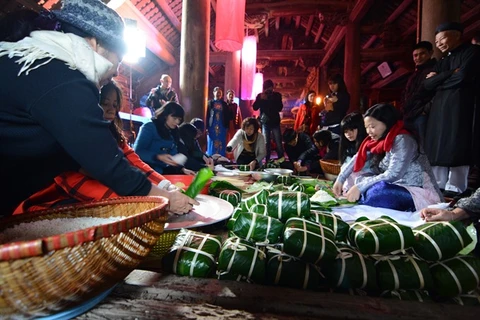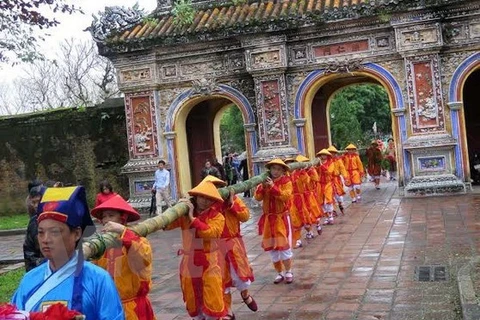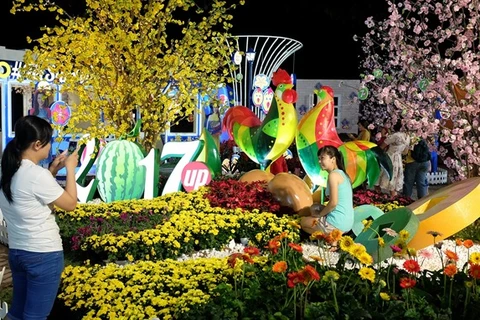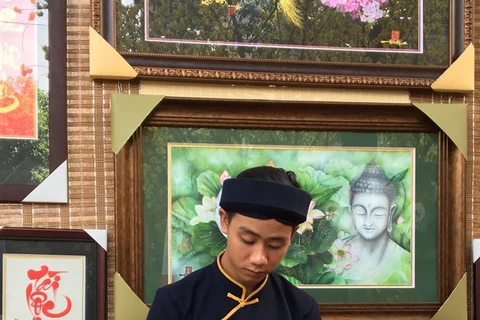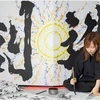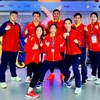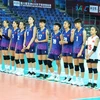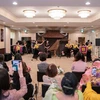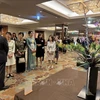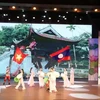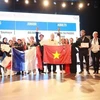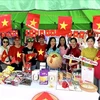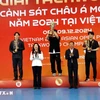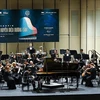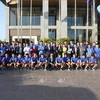Hanoi (VNA) – The traditional Lunar New Year (Tet) is the biggest and oldest festival in Vietnam, bringing its people together to celebrate the sacred and meaningful annual event.
Tet is an occasion when members of a family, no matter where they are and what they do to earn a living, get together and pray in front of the ancestral altar. Their return to home in celebration of Tet is regarded as a journey back to their birthplace.
For most Vietnamese, Tet actually begins with the “Ong Cong - Ong Tao” (Land Genie and Kitchen Gods) ceremony on the 23rd of the last month of the lunar year, which fell on January 23 this year.
The Kitchen Gods are believed to comprise of two male and one female spirit, who bless the household and keep up the kitchen fire, making every member of the family happy and prosperous.
According to legend, the Land Genie and the Kitchen Gods will ride carps to Heaven on the 23rd to deliver an annual report on the household’s activities to the God of Heaven.
As the gods make their journey on the back of fish, it is traditional to release live carps into lakes or rivers, which is considered a kind-hearted deed to pray for good luck.
On that day, people also burn joss paper clothing, including hats, robes and boots, intended for use by the genies on the trip.
After the Kitchen Gods go to Heaven, families begin tidying and decorating their houses to usher in the New Year as they believe that a clean house represents a fresh start.
A year-end praying ceremony will be held in the evening of the lunar January 30. Offerings to ancestors are indispensable, especially a tray of five fruits which symbolizes hope for abundance and prosperity.
Before and after the holiday which will usually last for seven days, the Vietnamese have different customs, depending on each locality.
Northerners will offer their ancestors a bunch of bananas, a grapefruit, oranges or tangerines, persimmons and kumquats while southerners will give a coconut, a papaya, custard apples, green mangos and a piece of twig.
Folk paintings, calligraphy, peach blossom and kumquat trees are very popular in each family in the northern region while apricot blossom is prevalent in the south. They represent affluence, good luck and happiness.
It is also their custom to clear up all debts and conflicts to look towards a new year of full harmony.
On the Eve of the New Year, each family holds a ceremony to welcome deities, ancestors to their house – a meeting between humans and heavenly spirits.
In front of the altar with spiralling incense smoke and sparkling candles, they clasp hands and pray in deep respect.
According to their belief, the God will appoint new mandarins in charge of the earth during this moment. That’s why they must prepare a tray of offerings to see off old spirits and welcome new ones, in a hope for a year of peace and well-being.-VNA
VNA

